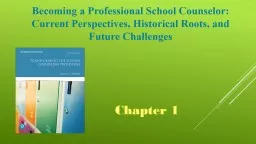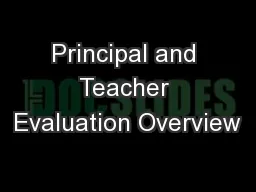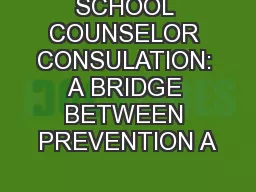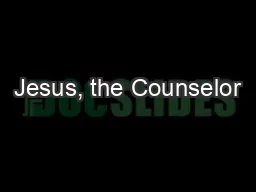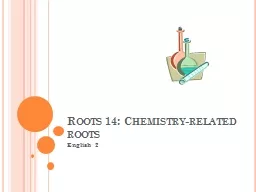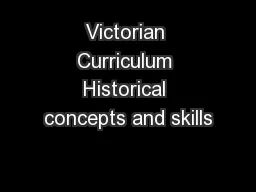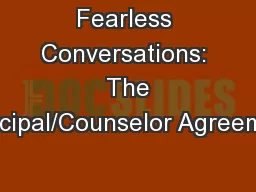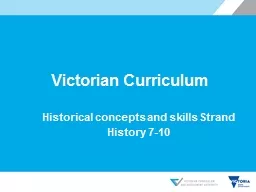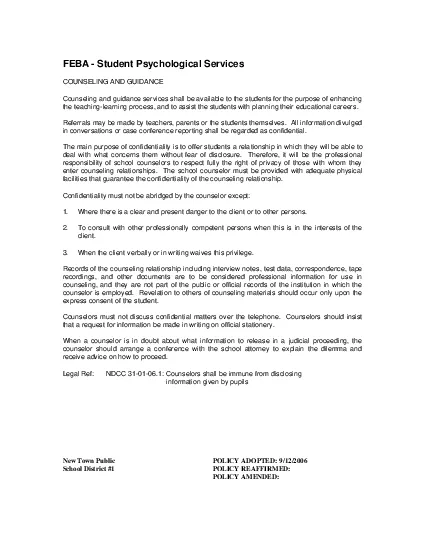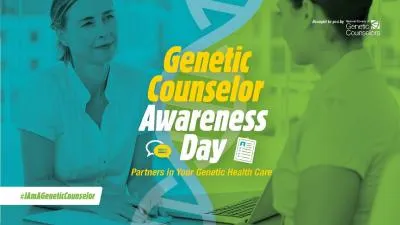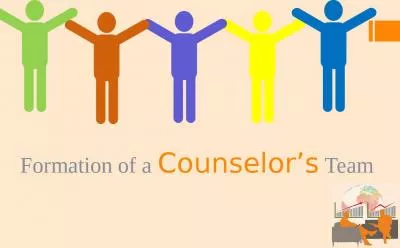PPT-Becoming a Professional School Counselor: Current Perspectives, Historical Roots, and
Author : tawny-fly | Published Date : 2018-09-19
Chapter 1 1 The Rise of Professional School Counseling in the United States Throughout history every society has found methods to give selected young people direction
Presentation Embed Code
Download Presentation
Download Presentation The PPT/PDF document "Becoming a Professional School Counselor..." is the property of its rightful owner. Permission is granted to download and print the materials on this website for personal, non-commercial use only, and to display it on your personal computer provided you do not modify the materials and that you retain all copyright notices contained in the materials. By downloading content from our website, you accept the terms of this agreement.
Becoming a Professional School Counselor: Current Perspectives, Historical Roots, and: Transcript
Download Rules Of Document
"Becoming a Professional School Counselor: Current Perspectives, Historical Roots, and"The content belongs to its owner. You may download and print it for personal use, without modification, and keep all copyright notices. By downloading, you agree to these terms.
Related Documents

